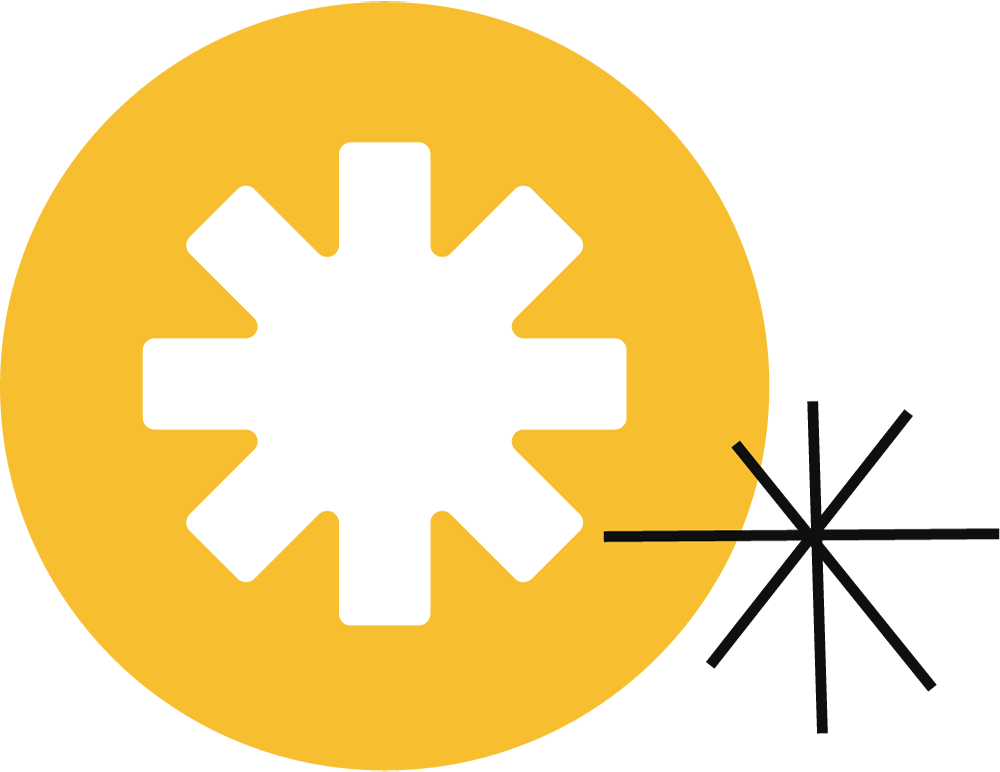Case study: designing accessible e-Learning for Food Banks Canada

The client
Food Banks Canada (FBC) is a national charitable organization dedicated to ending hunger in Canada. With a network of food banks across the country, FBC advocates for meaningful actions that counters hunger and its root causes.
The challenge
In 2023, FBC engaged Untapped Accessibility to create a resource that would support its members’ adoption of more accessible and equitable practices. The result of the engagement was “Without barriers, stigma or fear: a practice guide to accessibility and equity for food banks.” Published in both French and English, the guide was made available to thousands of FBC members across Canada.
Then, in 2024, FBC invited Untapped to develop an accessible eLearning experience using the guide as the source material. They needed a course that could help shed light on the barriers that exist to accessing food bank services, including language barriers, lack of culturally appropriate food options, inconvenient operating hours, and transportation limitations. Ultimately, the course focused on how to create an environment where everyone feels welcome and supported.

Our approach
Untapped wrote, designed, and delivered 1.5 hours of accessible and engaging eLearning in French and English for a national audience of food bank administrators, employees, and volunteers. Learners were invited to work through seven modules and encouraged to reflect on their thinking and what may be true or lacking at their home food bank.
To ensure the eLearning course reflected the “Nothing About Us Without Us” principle, we prioritized accessible learning design principles throughout the development process.
We tested the course to ensure it was accessible to screen readers – an assistive technology that converts text to voiceover. Screen readers are most often used by people with low or no vision, but may also help people with low literacy or who have a learning disability.
We tested the English version of the course using JAWS on Windows, and the French version using VoiceOver on iOS. Our team ensured that the learning experience was equally effective in both English and French, prioritizing quality and usability in both versions.
The testing process revealed practical accessibility considerations. For instance, using bolded text to emphasize key points can be problematic for screen-reader users, as screen readers announce the formatting, making the content sound cluttered and difficult to follow. We adjusted the formatting for a smoother, cleaner auditory experience.
These refinements were part of a broader commitment to universal design principles, including:
- Larger fonts
- Strong colour contrast
- Plain language
- Auto captioning

“One of the strongest courses I have ever tested or personally done.”
– Project’s Accessibility Consultant
The results
The final result was a course described by the project’s Accessibility Consultant as “one of the strongest courses I have ever tested or personally done.”
What stood out to us was how small changes could make a significant impact on the learning experience for all users, especially those with disabilities.
If there’s one key takeaway from this project, it’s the power we all have to reduce barriers and create a more equitable community. Simple actions can make a big difference.
Many organizations hesitate to begin their accessibility journey out of fear of getting it wrong, of unintentionally causing offence, or being criticized. Our advice is simply to get started. You may make mistakes along the way, and that’s okay. Accessibility is an ongoing practice, and with every project, you get a little closer to your goal.
Get in touch to discuss how we can help your organization.
